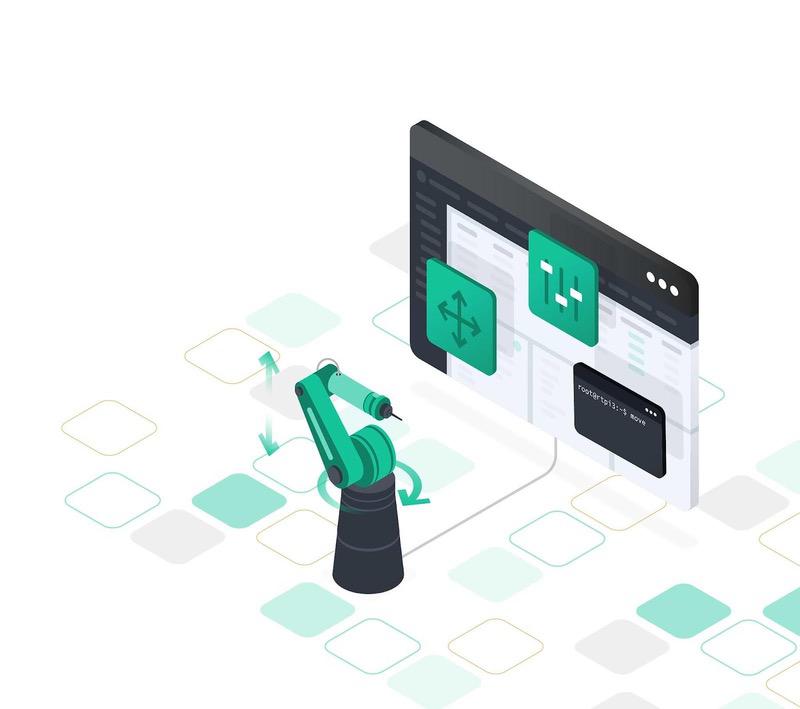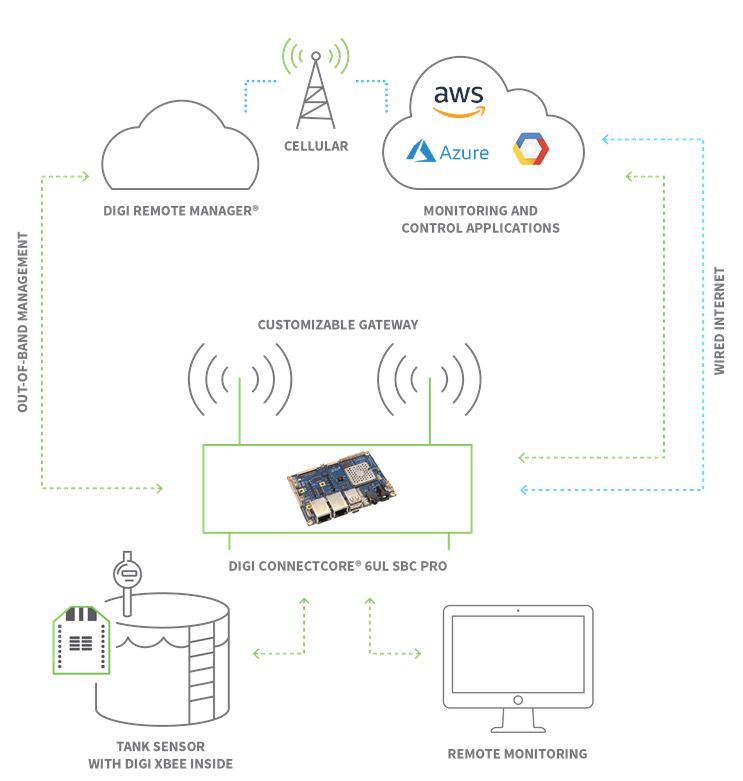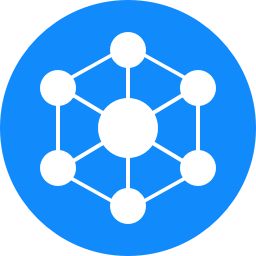Network Servers and Cloud Applications
IoT systems typically employ a network server to initially process communication generated by remote devices. The network server serves multiple purposes including supporting activities such as converting between protocols or eliminating duplicate messages. It is also used to manage communications flowing from IoT remote control devices. Additional functions include monitoring devices and performing remote configuration.
After being processed by the network server, the incredible amount of information collected from IoT endpoints is transferred to a cloud application where it is stored and used for analysis in SQL or NoSQL databases. Cloud apps interacting with IoT systems run on public cloud platforms like Azure or AWS. Currently, popular languages for creating cloud apps include Java, Python, and Node.js.

Large data centers are not a requirement for IoT environments. The quantity of computing power necessary is dependent on the number of remote devices and the desired level of system functionality. An IoT network is comprised of multiple integrated components that move data to its intended location within the accepted time constraints.
Cloud servers and applications are the final pieces of an IoT system and turn raw data into useful and actionable information. Examples include gathering readings to facilitate weather prediction and bringing power plants online when monitoring devices indicate they are needed to address capacity demands.
Two-way communication lets cloud servers process input that informs their control over systems like traffic lights which form the foundation of smart cities. Systems can be designed to automatically handle situations as diverse as controlling electrical usage or operating an assembly line.
In virtually all cases, human interaction is required at some point to maintain the system. Cloud servers need to provide an intuitive interface so people can interact with IoT systems.






